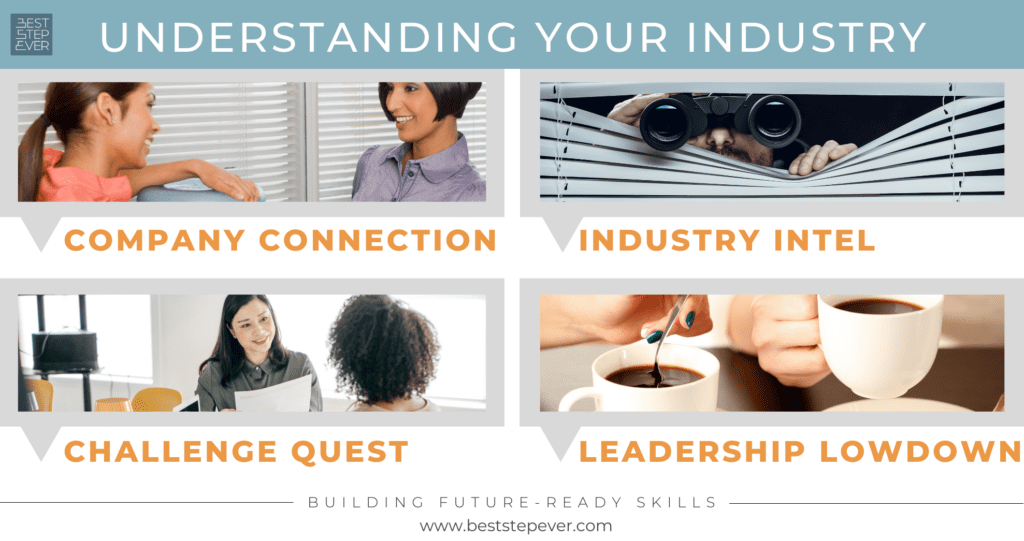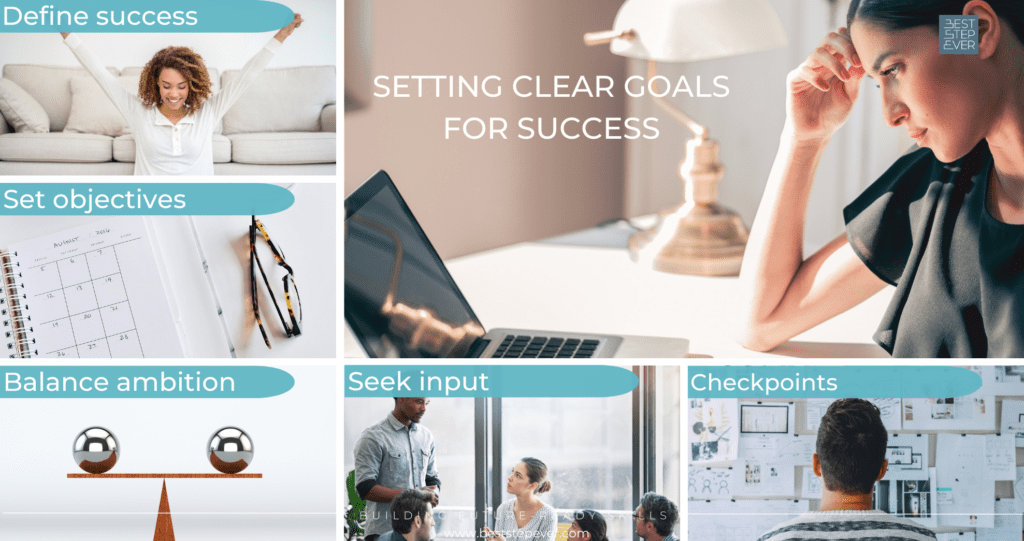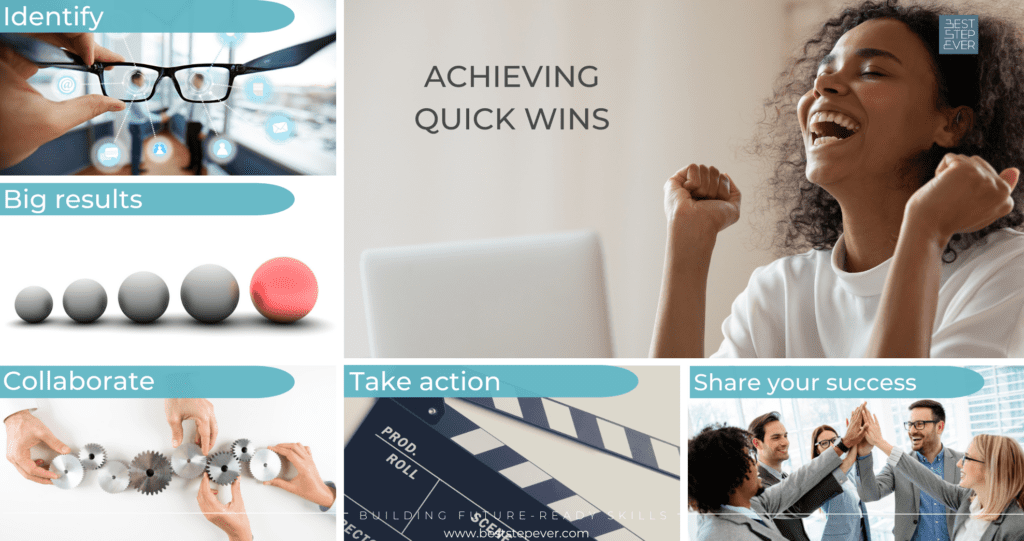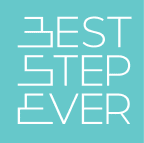CONSIDERING A CHANGE?
Moving into a new Learning & Development (L&D) role is an exciting step. Those first 90 days set the tone for your success ahead. In this blog, we'll explore four essential strategies to help you navigate this critical period and create an early impact.
1. Understanding your industry, company, and challenges
Stepping into your L&D role without knowing much about the industry, the company, or the challenges L&D faces is a bit like trying to find your way in the dark. To succeed, you need to gather information. The faster you do this, the quicker you can start acting with conviction.
These four ways will speed up your integration and make you part of the inside track in no time.

Think of your new company as a whole different universe waiting to be explored. Start by soaking up everything you can about its culture. What are the core values? How do people communicate? What's the vibe like? This isn't just about fitting in – it's about understanding the heartbeat of the organization and connecting this to the unique contribution that L&D makes to this.
Water cooler chronicles: Chat with colleagues during coffee breaks. Listen to their stories and experiences. You'll pick up a lot about the company's DNA through casual conversations.
Mission immersion: Dive into the company's mission and vision statements. These aren't just fancy words; they're guiding stars that give insight into what the company holds dear.
No need to be a walking encyclopedia about the industry from day one. Start by skimming the surface and gradually dive deeper. This is your backstage pass to the industry's trends and dynamics and how this impacts the development needs of your company’s workforce.
- News nook: Keep tabs on industry news and developments. Bookmark relevant websites, subscribe to newsletters, and follow industry thought leaders on social media. It's like being part of an industry gossip club (the cool kind, of course).
Peek at competitors: Take a sneak peek at what the competition is up to. Understanding how your company fits into the bigger picture can give some powerful insights.
Every company has its issues. These challenges are important for L&D professionals to understand as they’ll have a direct impact on the feasibility of L&D solutions. Don’t hold back from diving in and finding out as much as you can!
- Ask around: Don't be shy to ask your colleagues about the hurdles they face. Chances are they'll be thrilled to share, and you'll get a grasp of the battlefield.
- Reports and whitepapers: Seek out any company reports or whitepapers. They're goldmines of information about current challenges and how the company plans to overcome them.
The leadership team isn't just there for fancy titles – they're a treasure trove of insights. Get to know them, their stories, and their visions. The information you gather will powerfully inform your L&D mission.
Lunch and learns: If your company has these, attend! It's a golden opportunity to hear from the higher-ups and grasp their vision for the company.
Coffee chats: If you can snag a coffee chat with a senior leader, go for it. Their perspective can offer you a holistic view of the company's direction.
Rome wasn't built in a day, and neither is your understanding of your company, its industry, and its challenges. It's a journey, not a race. Keep your eyes and ears open, and embrace the learning curve. Every tidbit you gather is a piece of the puzzle that will help you paint the big picture. In turn, that will provide you with valuable context for the L&D challenges that await you. You’ll be far better equipped to provide relevant and valuable solutions to solve the business issues you’ll be faced with.
Useful links for L&D professionals:
- Josh Bersin Academy: Explore research and insights on HR, L&D, and talent management to inform your strategies.
- Deloitte Research: Access Deloitte's learning and development research to stay updated on industry trends.
2. Connecting with stakeholders
The quicker you get connected to people who can provide you with insight, support and backing, the better. Let’s break down the essentials of building relationships with stakeholders as an L&D professional:

- In your new L&D role, stakeholders aren't just colleagues, they're folks who can influence your success. Spot them by paying attention in meetings and checking out the company's organizational chart. Keep your radar on during meeting sessions, presentations, and even casual chit-chats. Pay attention to names that pop up frequently, especially those who are in the decision-making seats.
Once you've figured out your stakeholders, it's time to create a solid rapport. Focus on understanding their business agenda and working together.
Casual conversations: Find opportunities for connecting informally. If it’s appropriate, invite them for a coffee or chat – nothing formal, just getting to know them.
Understanding their world: Try to understand their challenges and goals. This helps you tailor your approach. Don’t be shy to ask as many questions as you need in order to see things through their eyes.
Instead of working in silos, connect your L&D efforts with their objectives. Be clear about how you plan to add value to your stakeholders and what the benefits are for them. This collaboration increases their investment in working with you.
Communication is the name of the game:
- Regular updates: Keep your stakeholders in the loop about what you're doing, so they're in the know. You’ll quickly get to understand if you’re on the right track or whether priorities have changed.
- Welcome feedback: Ask for and be open to suggestions. Demonstrate that you’re listening and that you value the opinion of others.
Whether in meetings or online, being present matters.
- Meeting attendance: Attend meetings where stakeholders are present and make an effort to contribute meaningful insights. Do your homework and make sure your contribution is on spot.
- Virtual engagement: Participate in online discussions and share insights. Using visuals to explain your thoughts or proposals can make a big impact.
Stakeholders aren't just names on a chart – they're people you collaborate with for success. So, understand their needs, communicate effectively, and make your L&D journey a team effort that delivers results.
Useful links for L&D professionals:
- ATD (Association for Talent Development): Access resources, events, and networks to enhance your skills and knowledge as an L&D professional.
- CLO Magazine: Stay updated on Chief Learning Officer trends, insights, and best practices.
3. Setting clear goals for success
What does success mean in your new L&D role? Without a clear idea, you might find yourself chasing after undefined goals. Setting specific objectives that match the company's strategy and that deliver tangible goals is essential.

Before you jump into the L&D arena, you've got to understand what success means in your role. It's like figuring out the rules of the game before you play. Here's how:
- Company blueprint: Take a good look at the company's mission and vision. These aren't just fancy words; they're the map that guides the company's journey.
- Strategic targets: Check out the company's big goals for the year. These are like the main objectives of the game. Align your goals with these markers.
Now that you know the lay of the land, it's time to set your own objectives. Think of them as stepping stones toward the bigger picture:
- Connect the dots: Make sure your goals align with the company's objectives. If they're gunning for better sales, your L&D goal could be to enhance sales training.
- Numbers matter: Your goals should be measurable. It's like having a scoreboard – you need to know if you're winning.
Setting goals is a bit like cooking – you want it just right. Not too much, not too little. You need to stretch yourself but stay real. Here are some ways:
- Reach for the stars: Aim high, but keep your goals achievable. Push yourself, but don't set up an impossible challenge.
- One step at a time: Divide your goals into smaller chunks. It's like taking the game level by level – each milestone gets you closer to the big victory.
Just like seeking advice from a seasoned player, getting input can fine-tune your goals. Don't be afraid to involve others:
- Manager meet-up: Have a sit-down with your manager to have an in-depth discussion about your goals and how they fit in with the bigger picture. And initiate these conversations regularly, to ensure that you’re on track. Your manager is your seasoned mentor, helping you navigate the game.
- Wisdom of the pros: Chat with colleagues who've been around a while. Their insights may be extremely valuable and can save you time and effort.
In your career game, checkpoints are crucial. Regularly review your goals to ensure you're staying on track:
- Track your progress: Are you inching closer to your goals? Celebrate those small victories along the way.
- Stay adaptable: If circumstances change, don't hesitate to adapt your goals. Don’t get hung up on the amount of time and effort you’ve invested already. If it needs to change, do it – fast.
In summary, set clear goals with the support of those around you and make sure they’re directly linked to company strategy and objectives. Then implement the plan, and be willing to change course quickly if need be. That will have you achieving powerful results in no time!
Useful links for L&D professionals:
- eLearning Industry: Discover eLearning trends, technologies, and best practices for effective training and development.
- Training Magazine: Explore articles, case studies, and insights on corporate training and employee development.
4. Achieving quick wins
In the fast-paced business world, quick wins matter. Finding small, achievable goals and tackling them can help you prove your worth early on. They demonstrate that you understand how your job adds value and that you’re just the right person to get results fast.

Imagine being in a garden with ripe fruits hanging within easy reach. That's low-hanging fruit – tasks that can be done quickly for instant impact. Here's how to find them:
- Quick wins radar: Keep an eye out for tasks that can be done swiftly but can bring significant results. These are your opportunities for quick success.
Address pain points: Look for areas where the team or company is facing challenges. Apply creative thinking to come up with solutions. If you can provide a practical solution, that's your low-hanging fruit right there.
Now that you've spotted these opportunities, it's time to get creative and turn them into quick wins:
- Starting simple: Consider tasks that don't require a massive effort. It's like taking a shortcut without losing the game's essence.
- Adding value: Focus on tasks that directly contribute value – like enhancing existing training materials or streamlining a process.
In both games and your career, you're not alone. Collaboration is a game-changer for achieving quick wins:
- Team brainstorming: Brainstorm with your team for fresh perspectives. Their insights might unveil ideas you hadn't considered.
- Learning from peers: Have a chat with colleagues who've been around. They could offer insights into where those low-hanging fruits are hidden.
With your quick win strategy in place, it's time to get things done:
- Set a timeframe: Define a clear timeline. Quick wins thrive on speed, so avoid unnecessary delays.
- Prioritization: If you've got multiple quick wins in sight, prioritize based on impact. It's like playing your best cards first. Rather do one thing well than diffuse your energy and deliver little, too late.
Now that you've achieved those quick wins, it's time to let your accomplishments shine:
- Reporting and celebrating: Share your achievements with your team and manager. It's akin to showcasing your earned achievements – a mark of progress.
- Backing up with data: If your quick win involves quantifiable improvements, make sure you have data to support your claims.
Quick wins are like boosts in your career game. They demonstrate your effectiveness and show that you're not just playing – you're excelling. So, spot those reachable goals, turn them into quick wins, and let your actions speak louder than words. Embrace your role as the savvy player who's always ahead of the curve!
Useful links for L&D professionals:
- Learning Solutions Magazine: Read articles and practical tips for designing and delivering effective learning experiences.
- Association for Learning Technology (ALT): Join ALT's community to engage with researchers, practitioners, and educators in the field of learning technology.
In conclusion
Your first 90 days in an L&D role shapes your journey ahead. By learning about your industry, connecting with stakeholders, setting clear goals, and achieving small wins, you're laying a strong foundation for success.
Success isn't just about what you achieve; it's about how you contribute to the growth of your organization's most valuable asset – its people. As you embark on this exciting journey, make use of the available resources and research. Here's to your thriving L&D adventure!


